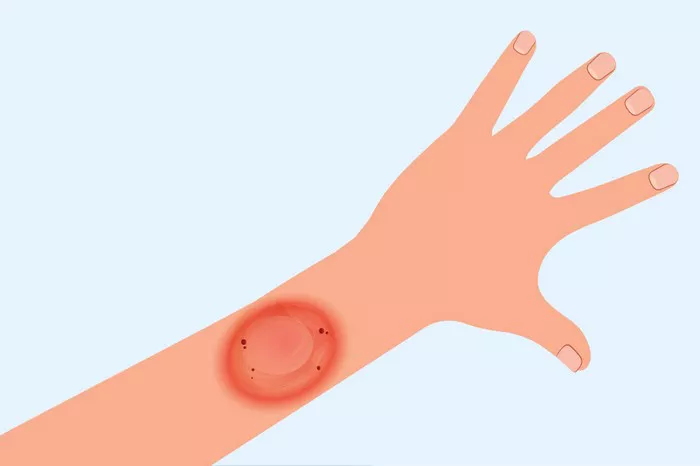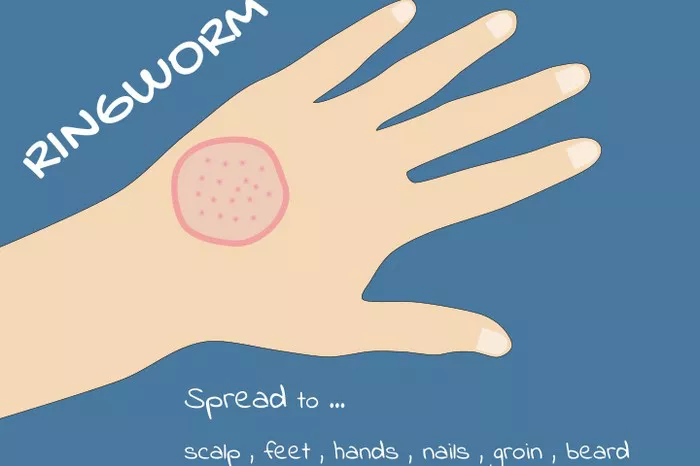Vitiligo, a chronic skin condition characterized by the loss of pigment in patches of the skin, can often appear suddenly, leaving individuals perplexed and seeking answers. While the exact cause of vitiligo remains elusive, a multitude of factors can contribute to its onset. In this comprehensive exploration, we delve into the intricacies of vitiligo emergence, shedding light on potential triggers and underlying mechanisms.
The Enigmatic Nature of Vitiligo
Vitiligo, affecting approximately 1% of the global population, poses a significant dermatological challenge due to its unpredictable nature and profound impact on an individual’s physical appearance and psychological well-being. Despite extensive research, the precise etiology of vitiligo remains unclear, with scientists suggesting a complex interplay of genetic, autoimmune, environmental, and oxidative stress factors.
Genetic Predisposition: Unraveling the Inheritance Patterns
A compelling body of evidence underscores the genetic component in vitiligo susceptibility. Individuals with a family history of vitiligo exhibit a heightened risk of developing the condition, implicating a hereditary influence. Genome-wide association studies (GWAS) have identified several susceptibility loci, highlighting the involvement of genes associated with immune regulation, melanocyte function, and oxidative stress response. However, the inheritance pattern of vitiligo appears multifactorial, with both polygenic inheritance and environmental triggers contributing to its manifestation.
Autoimmune Dysfunction: Unveiling the Role of Immune Dysregulation
Immunological aberrations, particularly autoimmune mechanisms, have long been implicated in the pathogenesis of vitiligo. The prevailing theory suggests that dysregulated immune responses target melanocytes, the pigment-producing cells, leading to their destruction and subsequent depigmentation of the skin. Autoantibodies targeting melanocyte-specific antigens, such as tyrosinase and melanocyte-specific protein, have been detected in individuals with vitiligo, further substantiating the autoimmune hypothesis. Moreover, the association of vitiligo with other autoimmune disorders, such as thyroid disease and diabetes mellitus, underscores the systemic nature of immune dysregulation in predisposing individuals to vitiligo onset.
Environmental Triggers: Exploring the Impact of External Factors
While genetic predisposition lays the groundwork for vitiligo susceptibility, environmental triggers can serve as catalysts for its initiation or exacerbation. Environmental factors encompass a broad spectrum, including ultraviolet (UV) radiation, chemical exposure, traumatic injuries, and psychological stress. UV radiation, in particular, has been implicated in the pathogenesis of vitiligo, with evidence suggesting its role in triggering melanocyte damage and immune-mediated responses. Furthermore, chemical agents, such as phenolic compounds and industrial solvents, have been implicated in inducing vitiligo-like depigmentation through mechanisms involving oxidative stress and cytotoxicity.
Oxidative Stress: Deciphering the Role of Cellular Imbalance
Oxidative stress, arising from an imbalance between reactive oxygen species (ROS) production and antioxidant defense mechanisms, has emerged as a pivotal player in vitiligo pathophysiology. Melanocytes, inherently susceptible to oxidative damage due to their high metabolic activity and melanin synthesis, undergo oxidative stress-induced apoptosis in vitiligo-affected skin. Mitochondrial dysfunction, impaired antioxidant enzyme activity, and DNA damage contribute to the progressive loss of melanocytes and depigmentation observed in vitiligo lesions. Moreover, the cross-talk between oxidative stress and autoimmune responses further exacerbates melanocyte destruction, perpetuating the vicious cycle of depigmentation.
Psychological Factors: Addressing the Impact of Emotional Distress
Beyond its physiological manifestations, vitiligo exacts a significant psychological toll on affected individuals, with emotional distress often accompanying its onset and progression. The visible nature of vitiligo lesions can lead to feelings of self-consciousness, low self-esteem, and social withdrawal, profoundly impacting quality of life. Psychosocial stressors, including stigma, discrimination, and anxiety, can exacerbate existing symptoms and contribute to disease exacerbation through neuroendocrine-immune interactions. Thus, addressing the psychosocial aspects of vitiligo is integral to comprehensive management and holistic patient care.
Conclusion
In conclusion, the sudden onset of vitiligo is a multifaceted phenomenon influenced by a myriad of genetic, autoimmune, environmental, oxidative, and psychological factors. While our understanding of vitiligo pathogenesis continues to evolve, much remains to be elucidated regarding its etiology and predisposing factors. A comprehensive approach encompassing genetic screening, immunological profiling, environmental risk assessment, oxidative stress evaluation, and psychosocial support is imperative for effective management and personalized care of individuals with vitiligo. By unraveling the intricate interplay of factors underlying vitiligo emergence, we can strive towards better therapeutic interventions, enhanced disease prevention strategies, and improved quality of life for affected individuals.
Related Topics:
Is Morning Sunlight Good for Vitiligo


























